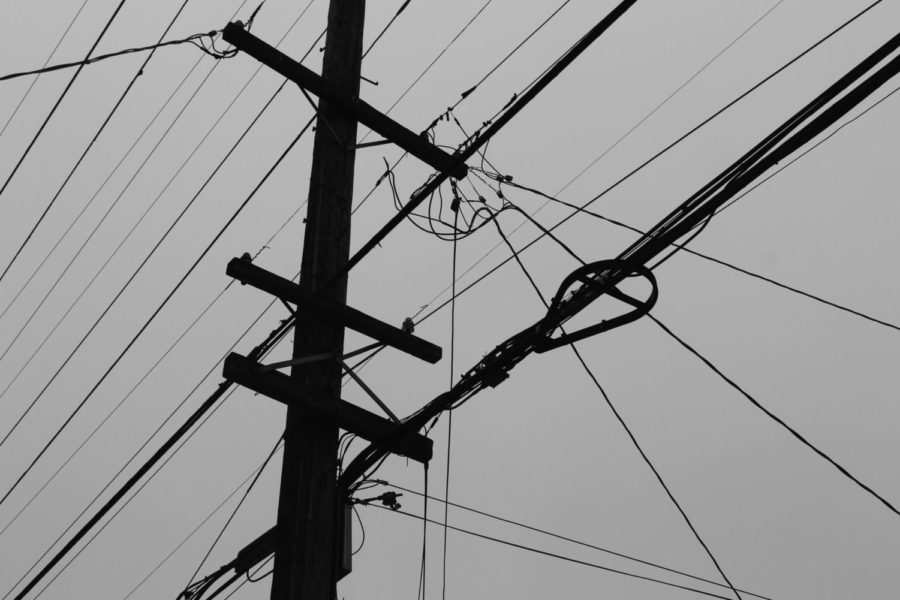PG&E cuts power in parts of the Bay Area
Recent dry and windy conditions in the Bay Area have led to PG&E cutting power to millions of people. Since mid-October, there have been multiple fires in the Bay Area, ranging from smaller fires that were quickly contained to the relatively large Kincade fire. “It was a little scary because [a] place they were worried about were the Oakland Hills, and I live at the bottom of those,” said Marin Stephens ‘23, who lost power for two days.
The Kincade Fire, which burned 77,758 acres of vegetation and was located in Sonoma County, started on October 23 at 9:27pm and was extinguished on November 6. The California Department of Forestry and Fire Protection is continuing to investigate the origin of the Kincade Fire, but after malfunctioning electrical lines were found in Sonoma County, many people are blaming PG&E.
Jacob Spiegel ‘22, who lost power for about four days, said when he first heard that his house might lose power, he was “kind of in denial.” After the denial wore off, he had “to go into the city and get some ice for the freezer” to preserve the food in his home.
“When you don’t have power and you don’t have wi-fi, it’s very hard to see and do your work, especially [because] Urban schoolwork [is] 90% online,” said Aidan Fox ‘21, who lost power twice, each time for four days. During the power outages, many students stayed at Urban after school to do their homework so that they would have access to the internet.
“It was just weird, especially at night because [when I was] walking my dog, everything was dark, so it was kind of sketchy,” said Stephens. Street lights and stop lights were more problems due to PG&E cutting power. “For at least a mile, there would be cars” that were just waiting to go through the one-lane intersection, said Francesca Rodoni ‘20, who lost power for 3 to 4 days.
Being in the hot seat for potentially being responsible for the Kincade Fire is not new for PG&E. PG&E was found responsible for sparking last year’s devastating Camp Fire and for causing the San Bruno pipeline explosion in 2010 due to poor quality control measures. This was also not the first time PG&E cut power to homes in the Bay Area but this time, many people are pushing for California to take control of PG&E or to transform it into a cooperative business.
“I think the key is that the state needs to run [PG&E] … It’s not enough to have just regulators,” California Representative Ro Khanna said in an interview with CNBC. Khana thinks that PG&E should have found a better way to deal with the increased possibility of wildfires instead of turning off power to millions of people who rely on it. The mayors of San Jose, Oakland, and 20 other cities, in addition to the leaders of five counties, agree that PG&E should be made into a customer-owned cooperative.
If PG&E is not turned into a customer-owned cooperative or taken over by California, the Bay Area may experience many more power outages in the years to come. Fox elaborated on how these lengthy lapses of time without electricity inhibit daily life. “You kind of lose all the functionality… you lose a lot. I think you just lose some of that freedom that you take for granted.”

